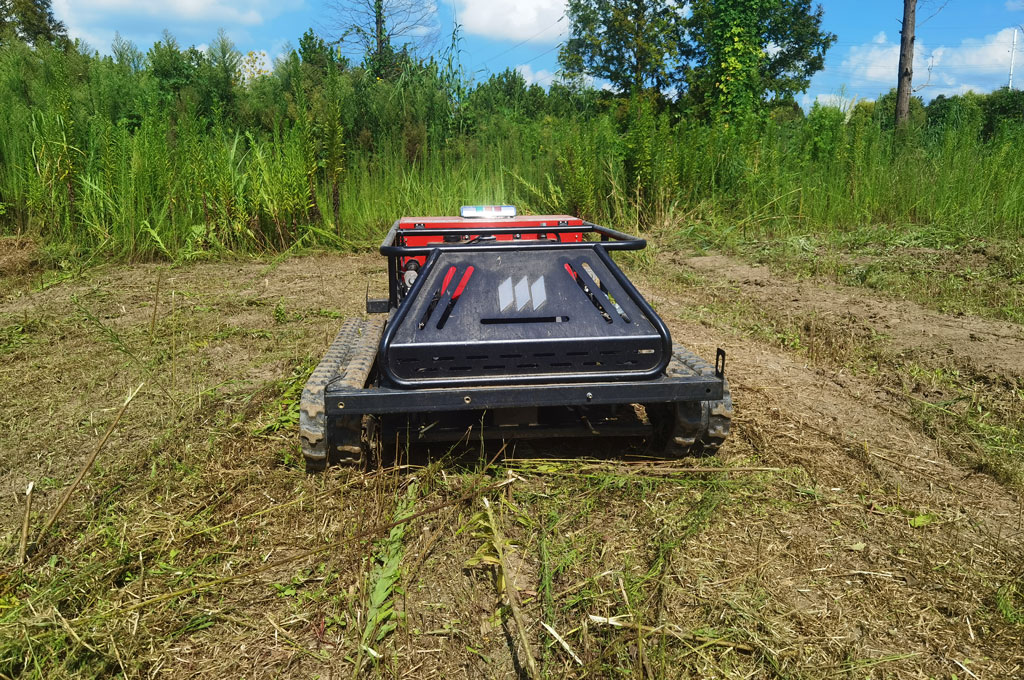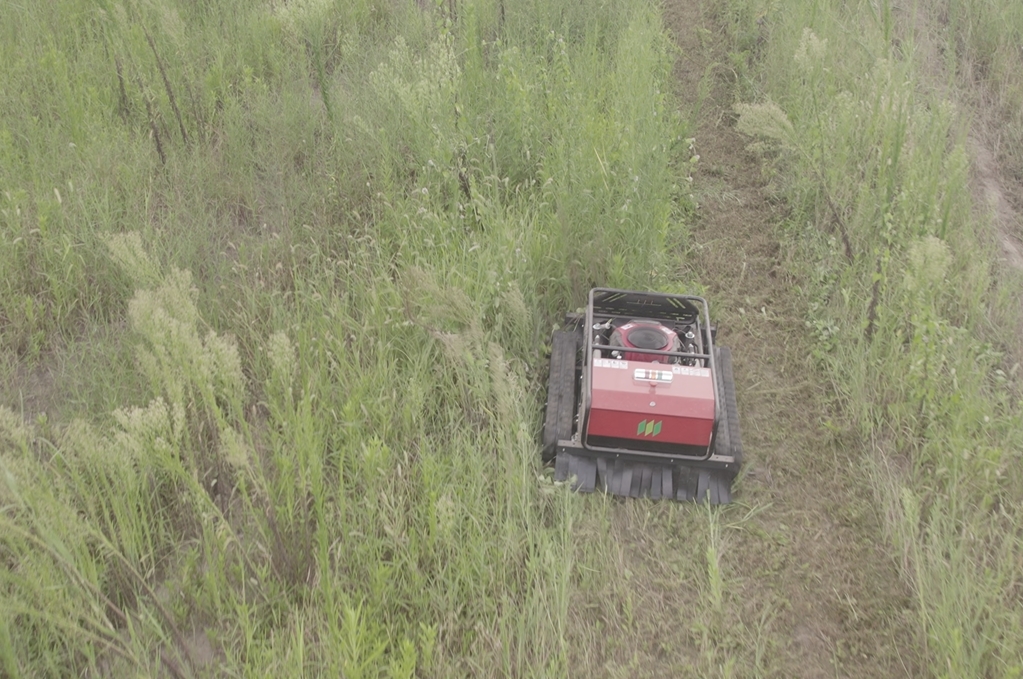Self-propelled lawn mowers are a popular choice among lawn owners, but many people still wonder how they work and what benefits they offer. With so many options on the market, it’s essential to choose the right mower based on your lawn’s size, terrain, and how much time you can dedicate to maintenance.
Traditional push mowers require manual effort to move, but self-propelled mowers have a built-in drive system that powers the wheels, reducing the need for physical exertion. This makes lawn maintenance easier and faster, thanks to the mower’s advanced technology.
In this guide, we’ll explain how self-propelled mowers work and their key benefits, helping you maintain your mower’s efficiency and performance. Let’s explore!
What Is a Self-Propelled Lawn Mower?
Self-propelled lawn mowers improve the mowing experience in two key ways: they increase operational speed and offer speed control. These mowers feature a speed control lever, often integrated into the handle or shifter bars, allowing you to adjust the mower’s pace as it moves forward.
Essentially, self-propelled lawn mowers operate like a vehicle. Once engaged, the mower moves forward on its own, and you can control its direction with the steering. Available in both battery-powered and gas-powered models, self-propelled mowers provide more efficient lawn care compared to traditional push mowers. With these mowers, you can achieve better results in less time.
How Self-Propelled Lawnmowers Work?
Self-propelled lawn mowers operate similarly to traditional mowers, with the key difference being their power source—either a gas or battery-powered system.
To start a gas-powered mower, the user pulls the cord, while battery-powered models often use a button to engage the motor. Once activated, the motor powers the mower, initiating its forward motion. The driving system, which works much like that of a vehicle, includes a lever, steering controls, and wheels to propel the mower forward.
Self-propelled mowers come in various types, each offering different speeds and features. These variations allow users to choose the mower that best fits their lawn care needs.
1. All-Wheel Drive(AWD) Lawnmower
You don’t need complex instructions to mow in the right direction with an all-wheel-drive (AWD) mower. These mowers are easy to use and provide excellent results. Also known as four-wheel-drive mowers, AWD models offer superior traction and stability, making them ideal for various terrains. The convenient handlebars ensure safe control while mowing, and you can switch between three drive modes for optimal traction, especially on rough or hilly areas.
While AWD mowers tend to be more expensive, they offer exceptional support for maintaining your lawn, making them a worthwhile investment.
2. Front-Wheel Drive (FWD) Lawnmower
Front-wheel drive mowers are typically more affordable compared to other models. They offer a straightforward system for maintaining flat lawns. However, on uneven ground, the front wheels may bounce, leading to loss of traction and uneven cutting. Additionally, FWD mowers can require more physical effort to push than other self-propelled models. When moving the mower over your lawn, it needs extra effort to maintain forward motion.
3. Rear-Wheel Drive (RWD) Lawnmower
Rear-wheel drive mowers are a popular choice for self-propelled lawn care. They are particularly well-suited for areas with many trees, as they handle turns smoothly. When turning, the front wheels lift off the ground, helping the mower navigate around obstacles. RWD mowers excel on large, uneven lawns, slopes, or areas with mixed terrain, offering excellent traction and requiring less effort to move. They are effective across a variety of surfaces.
These three types of self-propelled lawn mowers offer great performance and efficiency, each catering to different lawn care needs.
Self-Propelled Lawnmower Safety Tips for Safe Operation
Now that you’re familiar with how different types of self-propelled lawn mowers work, here are some essential safety tips to ensure optimal efficiency and safe operation.
Tip 1: If you need to stop the mower quickly, ensure you engage both handles to immediately halt the drive system and the mower.
Tip 2: Once you start the mower, you don’t need to restart it each time you release the bar.
Tip 3: When shopping for a mower, consider selecting a single-variable speed model. These mowers are ideal for common areas like walking paths and are well-suited for uneven terrain, hills, and turns, providing better overall maintenance performance.
Conclusion
In summary, understanding how self-propelled lawn mowers work is key to choosing the right one for your lawn. Be sure to select a mower that suits your specific lawn conditions and size, as this will improve both maintenance and efficiency. Compared to traditional mowers, self-propelled models require less effort and offer better results. With options powered by either battery or gasoline, these mowers enhance the lawn care process, making grass cutting faster and more effective.
We hope this guide has helped you better understand how to make the most of your lawn mower.
Related post:


